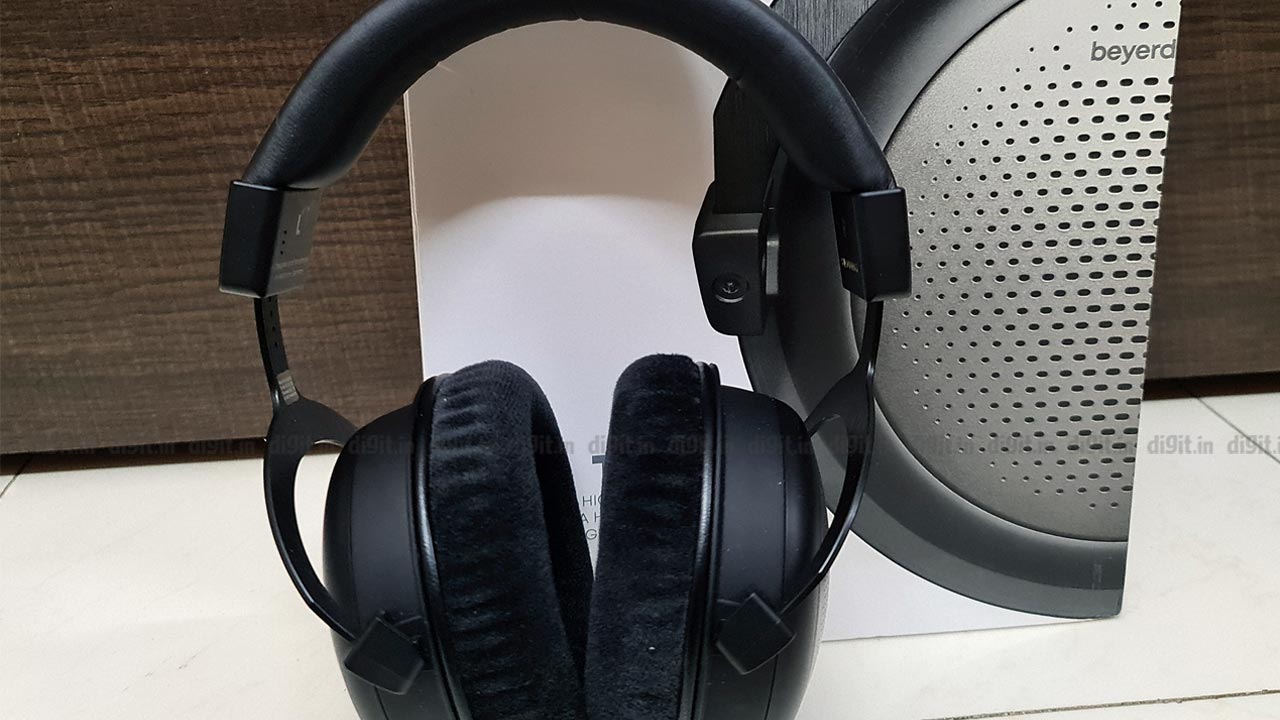
Over the years, Beyerdynamic has established its position as one of the most trusted names in the headphone business, especially for audiophiles. The German company consistently produces top of the line cans with impeccable care and attention to detail, right from their consumer, mass-appealing products to the more sophisticated studio-grade ones. The company’s new offering, the Beyerdynamic T1 3rd generation is an open-back stereo headphone that retains the design language and features of the original, critically acclaimed T1, with some slight differences. One of the main changes is that the 3rd generation model is much easier to drive for laptops and mobile devices since the new version brings the impedance down to 32ohms, in comparison to the 600ohm impedance on the old model. By doing so, the company has democratised high-end, studio-grade sound. The question is whether it still sounds open and transparent despite the lowered impedance. Let’s find out.
Beyerdynamic T1: Build and design
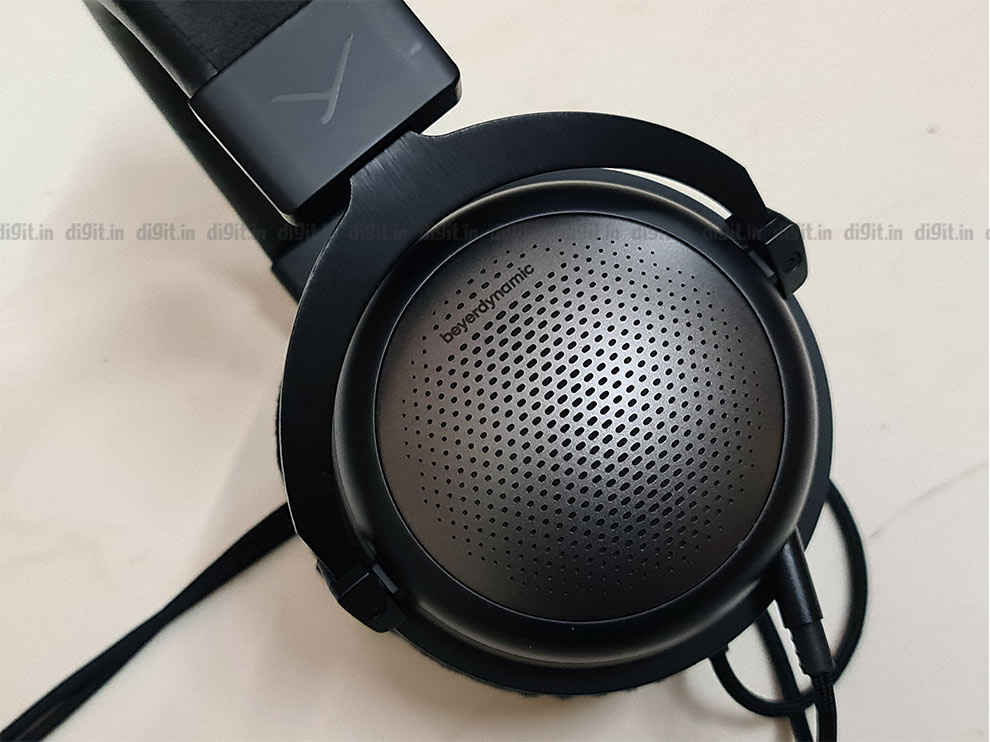
The Beyerdynamic T1, unlike some of Beyerdynamic’s more affordable cans, is hand-assembled in the company’s headquarters in Heilbronn, Germany. The luxurious nature of the headphones is apparent since the first moment you lay your hands on them. The 3rd gen model comes in a charcoal colour tone with a design language that is unmistakably Beyerdynamic – simplistic yet elegant.
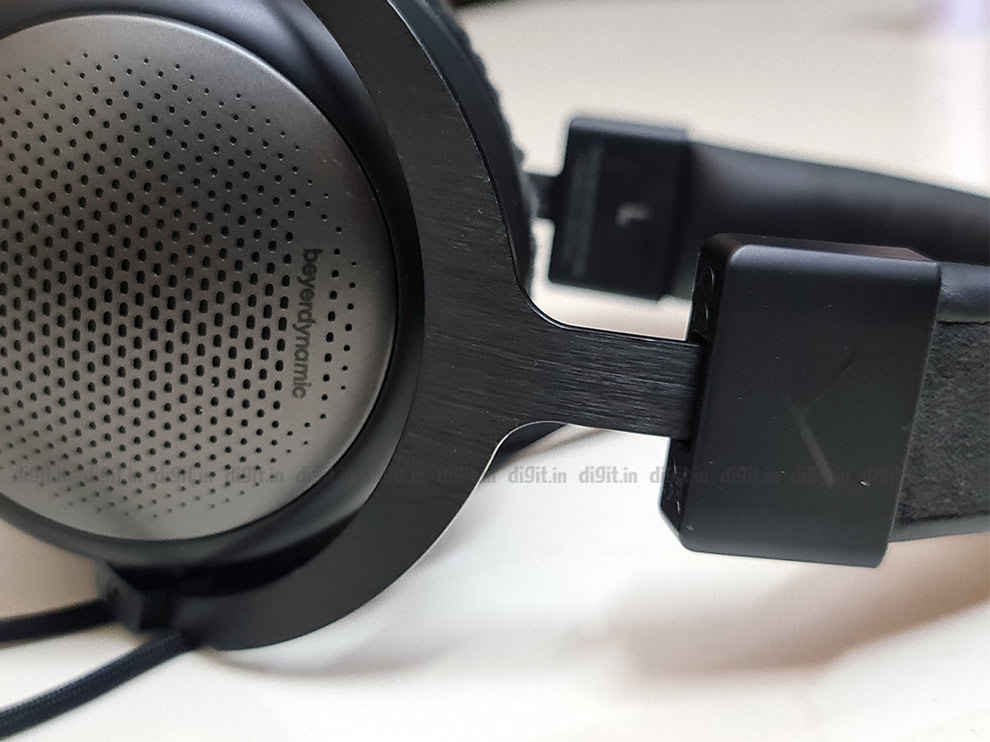
The earcups are made out of lacquered stainless steel with a perforated design since they are open-back headphones. The headband extenders are made from brushed and anodised aluminium which has a smooth and premium feel. The headband is made from leather and Alcantra while the earpads are covered with soft, black velour. Lastly, the 3m connector cables are encased in protective fabric and are made out of OCC7N high-quality copper for good signal transmission. The cables are also easily detachable, so swapping to a replacement cable will take seconds. You also get a 6.35mm adapter in the box. As far as materials are concerned, you’d be hard-pressed to find something better at this particular price range.
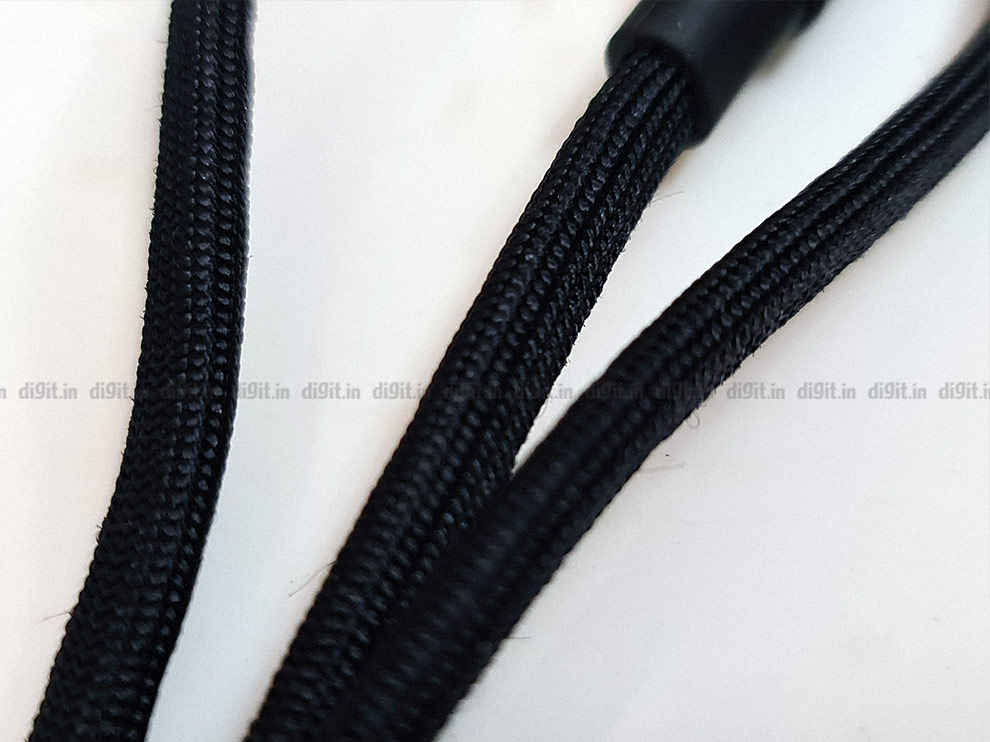
Nevertheless, the premium materials do make these pretty heavy cans, weighing 360g without the cables. The T1s also aren’t foldable or collapsible, so these aren’t the best headphones you’d want to travel with, despite the hard case they come with. The open-back nature of these cans means that you won’t be well isolated from ambient sounds and there’s plenty of sound leakage as well. So, it’s safe to say that these are headphones are best enjoyed within the comfort of your home or studio.

Beyerdynamic T1: Comfort and fit
The velour-covered earcups on the Beyerdynamic T1 are soft and breathable, allowing users to listen to music for hours on end without it getting too warm. Additionally, there are layers of padding, including one layer of memory foam inside the cups that make them extremely comfortable. The headband is also plush and comfortable. We listened to music for 2 hours in a stretch and there was no uncomfortable hotspot created on the top of our head, which is pretty impressive. Beyerdynamic has also managed to distribute the weight of the cans pretty evenly all over, which aids in comfort even further.

The clamping force, on the other hand, is a tad too strong. For smaller heads, like the reviewer’s head, this works out just fine. However, for those with larger heads, the clamping force may actually feel a bit too much since it makes the earpads a little hot and less breathable.
Beyerdynamic T1: Performance
As mentioned earlier, Beyerdynamic has chosen to drop down the impedance to 32ohms for the Gen 3 model from the hefty 600ohms on its predecessor. While this makes the headphones much easier to drive without needing a dedicated amplifier, audiophiles may be left disappointed by the lack of higher impedance options. Nevertheless, Beyerdynamic claims that with its Tesla driver technology and large drivers, they are still able to deliver high fidelity reproduction from any portable player that one may use.
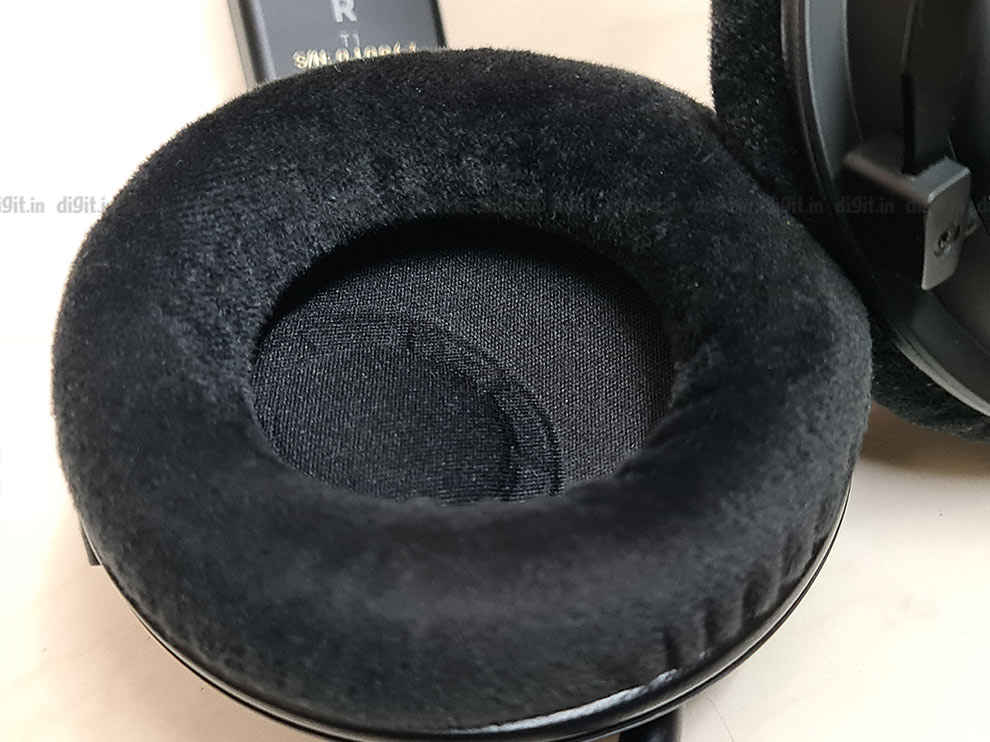
In our tests, we found that the new T1 has a large and open soundstage, owing to its open-back form factor, which makes tracks sound immersive and expansive. The drivers inside the cans are slightly tilted forward which increases the efficacy of spatial sound. There’s plenty of width and even a fair amount of height in the sonic stage. This leads to music sounding natural and transparent, a quality that is sought-out by audiophiles and sound engineers.
With the 3rd generation model, the T1 features a warm-leaning sonic signature with bass frequencies coming through the mix prominently. While this is uncharacteristic of open-back headphones, the bass and lows still steer clear of being muddy and don’t cloud the mids. In fact, the bass frequencies have oodles of details that pushes through in tracks such as Mindstreet by Motherjane, which has the bass guitar playing all through the track. The bass guitar sounded rich and full-bodied without hampering the quality of the vocals, which is impressive.
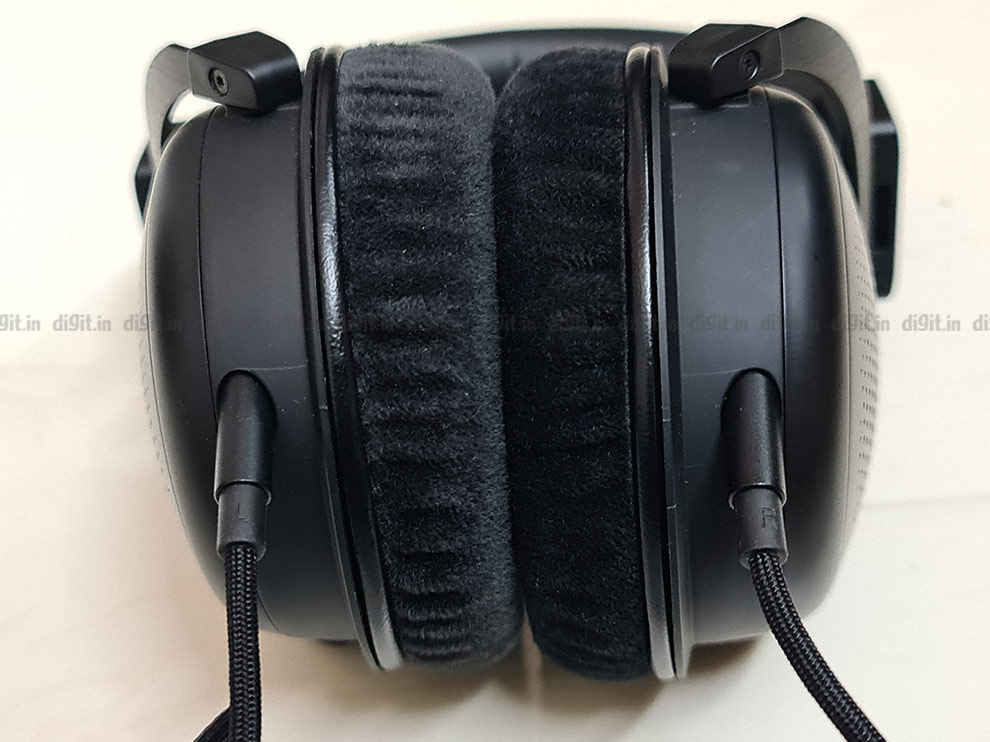
The mids are detail-packed, however, they are slightly underextended which means that tracks feel warmer than they are meant to be, at times. It is surprising to see this, since high-end stereo headphones usually don’t pivot to this route, which is more common in consumer headphones. Nevertheless, the detail and naturalness of the sound with the new T1 is definitely something you won’t find in consumer headphones, to this degree. The highs are crisp and detailed as well, however, they aren’t as sparkly as other studio-grade headphones we’ve reviewed such as the Meze Audio Empyrean.
Where the new T1 stands out is with its excellent soundstage and stellar imaging capabilities. Instruments are placed accurately in the stage and there’s very little to no instrument overlapping even in tracks that are packed with instruments such as Selkies by Between the Buried and Me. For those who prefer a close-to-neutral sound, we would probably suggest them to go with the predecessors of the T1 3rd generation.
Bottomline
Priced at Rs 94,599, the Beyerdynamic T1 3rd generation definitely isn’t affordable. However, you pretty much get what you expect at this price point, an extraordinary build made up of premium materials and an open and transparent sonic presence. These are especially good for people who are just getting into Hi-Fi music listening since they can be driven easily by any portable music player, including a smartphone, without a dedicated amplifier. If you like a warmer sonic signature and want a pair of luxurious open-back stereo headphones, then you can definitely consider these headphones
[ad_2]
Source link






